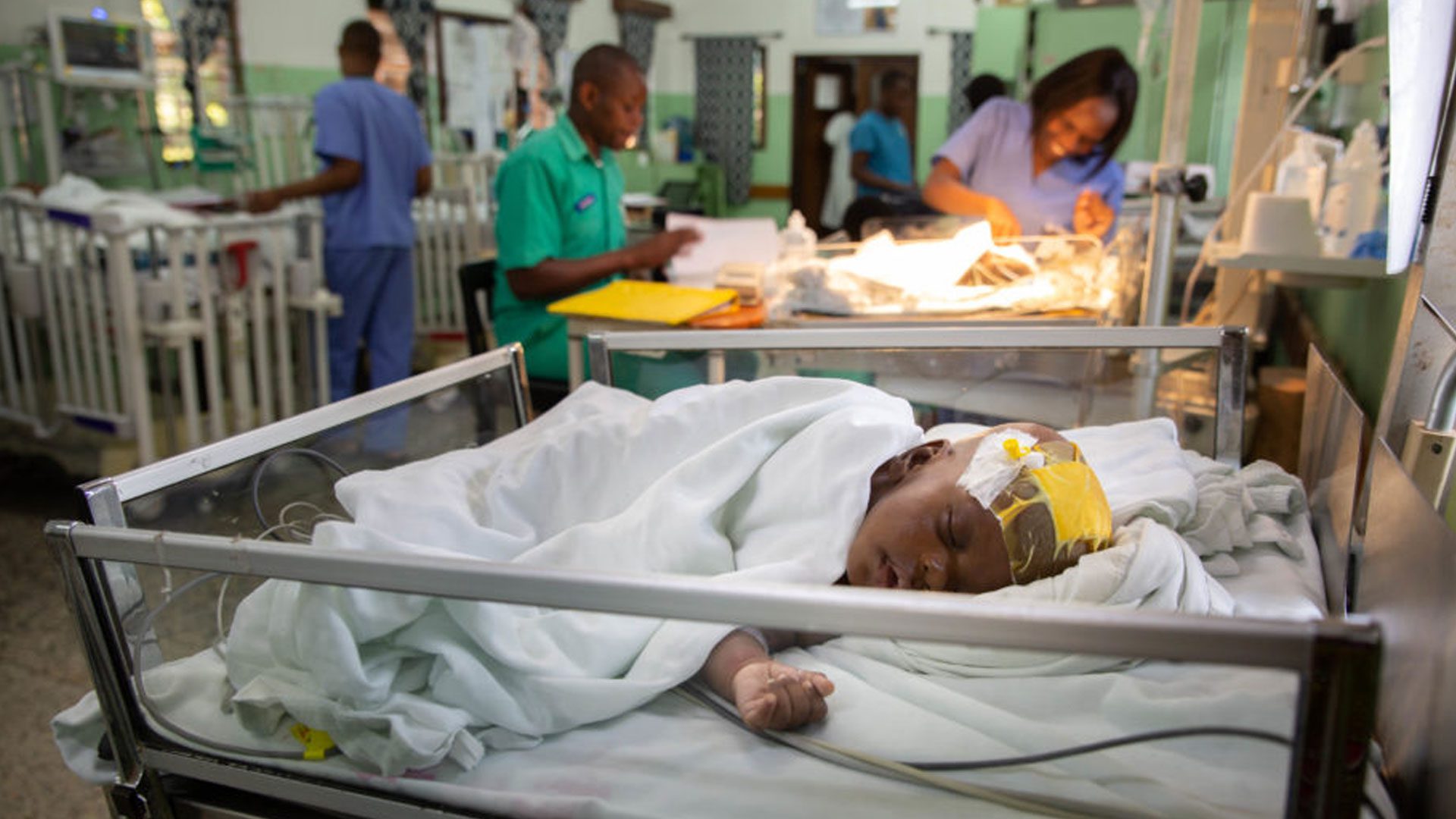Measuring the health status of children with hydrocephalus by using a new outcome measure
Abstract:
Object: In the setting of a developing country where preoperative imaging may be limited, the authors wished to determine whether cisternal scarring or aqueduct patency at the time of surgery was sufficiently predictive of the failure of endoscopic third ventriculostomy (ETV) to justify shunt placement at the time of the initial operation.
Methods: The status of the prepontine cistern and aqueduct at the time of ventriculoscopy was prospectively recorded in 403 children in whom an ETV had been completed. Kaplan-Meier methods were used to construct survival curves. A Cox proportional hazards model was used to provide estimates of HRs for the time to ETV failure. Several independent variables were tested in a single multivariable model, including those previously shown to be associated with ETV survival, that is, age, hydrocephalus etiology, and extent of choroid plexus cauterization (CPC). In addition, intraoperative variables of particular interest were included in the analysis: status of the aqueduct at surgery (closed vs open) and status of the prepontine cistern at surgery (scarred vs clean/unscarred). Multicollinearity was not a concern since the variance inflation factors for all variables were < 2. The examination of stratified survival curves confirmed the appropriateness of the proportional hazards assumption for each variable.
Results: Overall actuarial 3-year success was 57%. Consistent with previous results, age, hydrocephalus etiology, and extent of CPC were significantly associated with ETV success. A closed aqueduct and an unscarred cistern were each independently associated with significantly better ETV success (HRs of 0.66 and 0.44, respectively). The presence of cisternal scarring more than doubled the risk of ETV failure, and an open aqueduct increased the risk of failure by 50%.
Conclusions: Intraoperative observations of the aqueduct and prepontine cistern are independent predictors of the risk of ETV failure and can be used to further refine outcome predictions based on age, hydrocephalus etiology, and extent of CPC. Further studies will test validity in several African centers and determine what threshold of failure risk should prompt shunt placement at the initial operation.




















